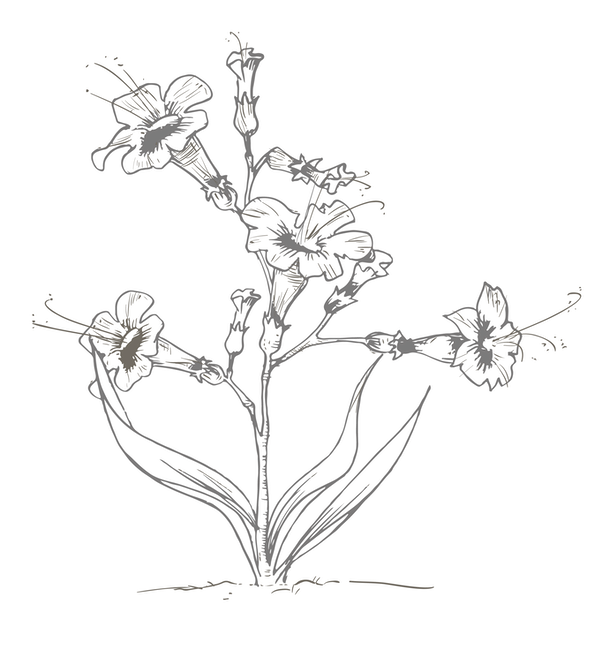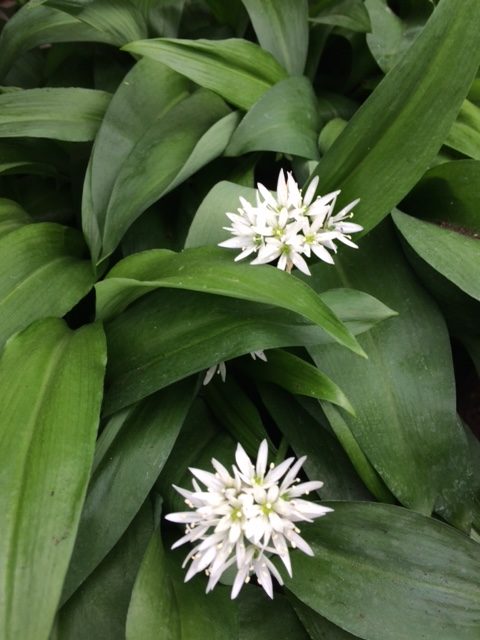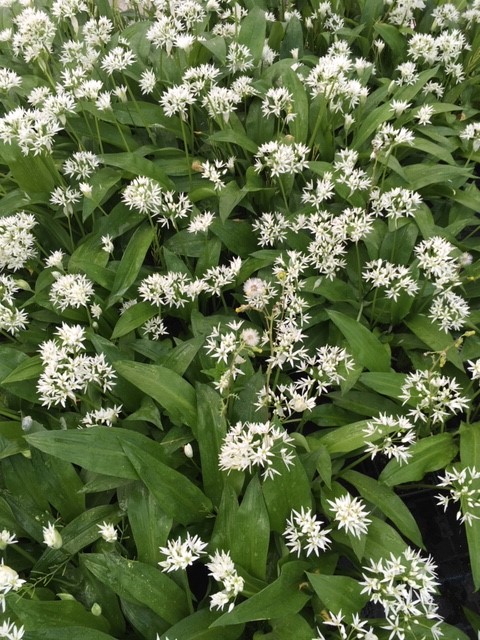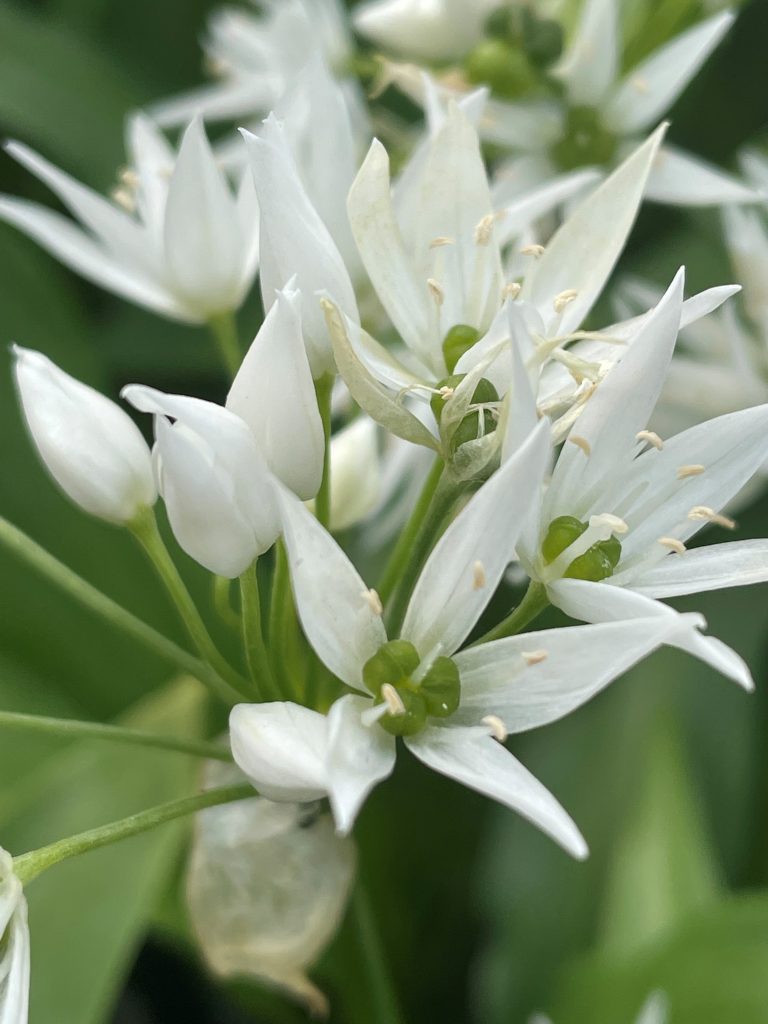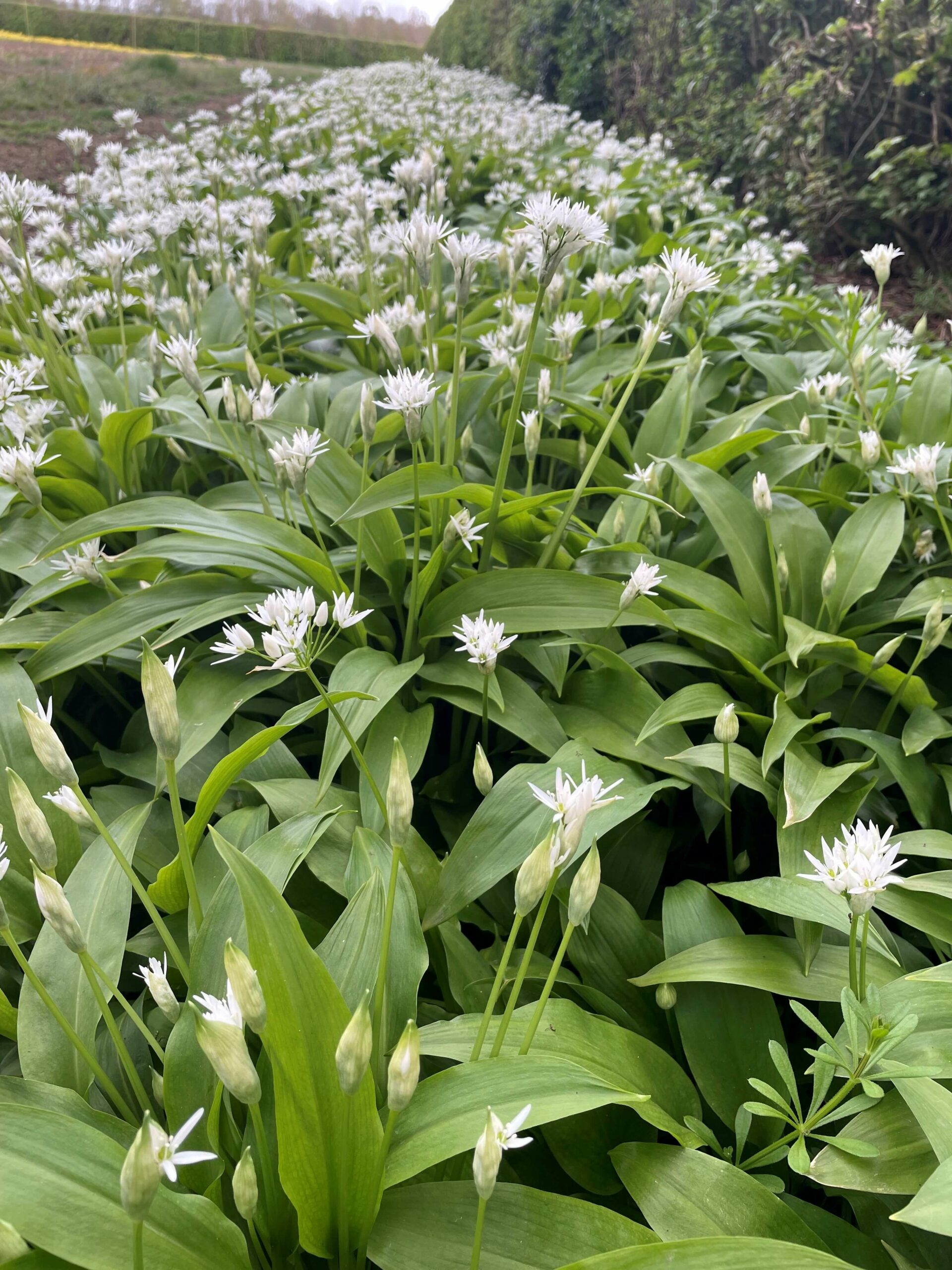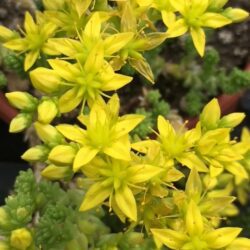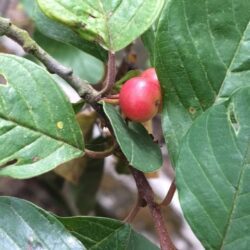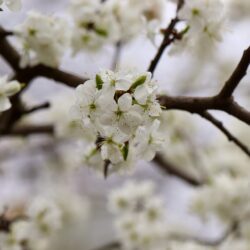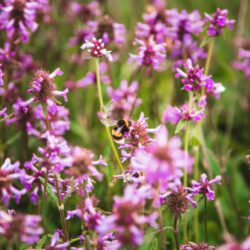Description
Allium ursinum – known as ramsons, buckrams, wild garlic, broad-leaved garlic, wood garlic, bear leek, or bear’s garlic , It grows in deciduous woodlands with moist soils, preferring slightly acidic conditions. In the British Isles, colonies are frequently associated with bluebells (Hyacinthoides non-scripta), especially in ancient woodland. It is considered to be an ancient woodland indicator species. The leaves of A. ursinum are edible; they can be used as salad, herb, boiled as a vegetable, in soup, or as an ingredient for a sauce that may be a substitute for pesto in lieu of basil. The stems are preserved by salting and eaten as a salad in Russia. A variety of Cornish Yarg cheese has a rind coated in wild garlic leaves.
Plant bulbs approx. 8cm (3-4 inches) deep in small clumps of 4 – 12. When the clumps become dense, lift and separate after flowering whilst still in leaf.

